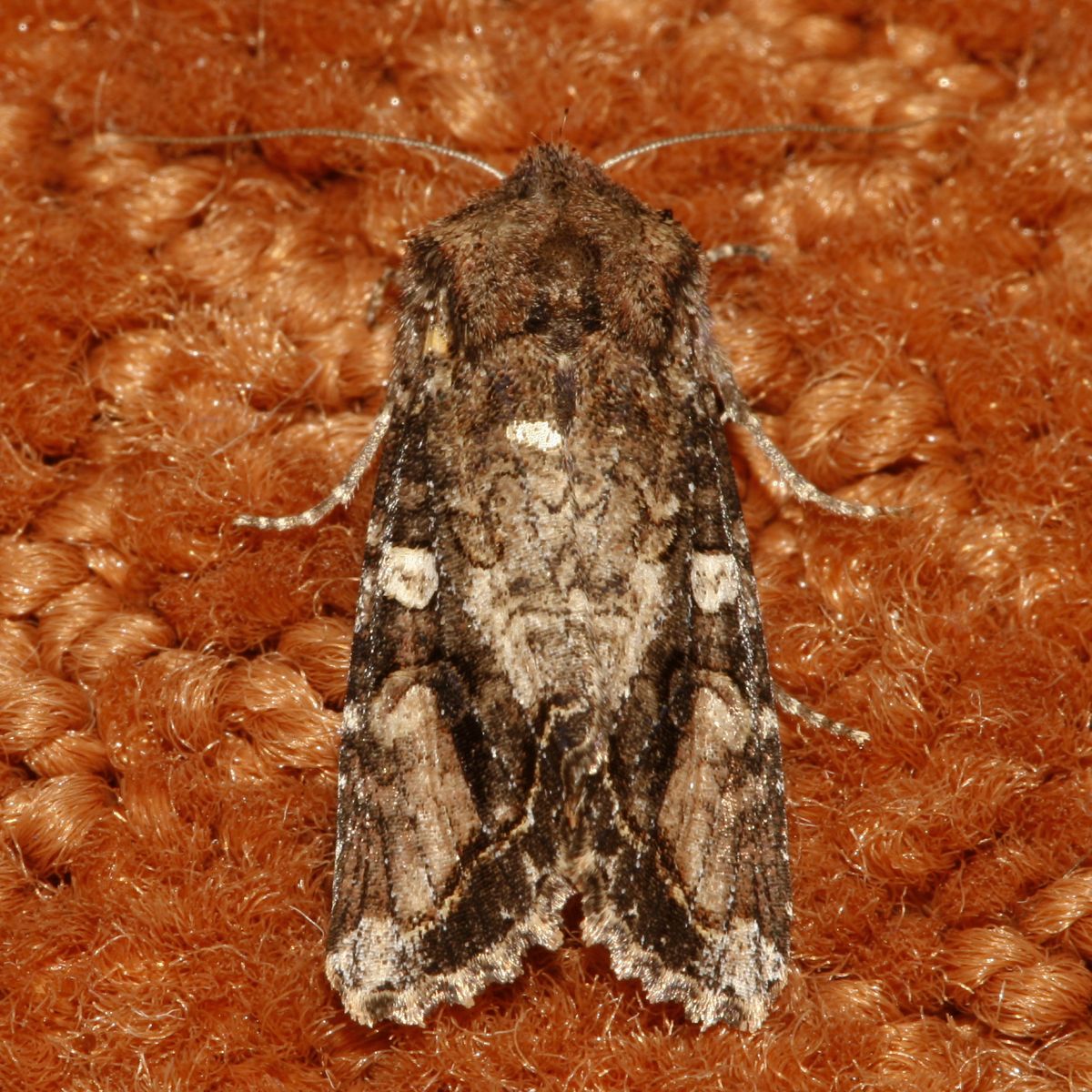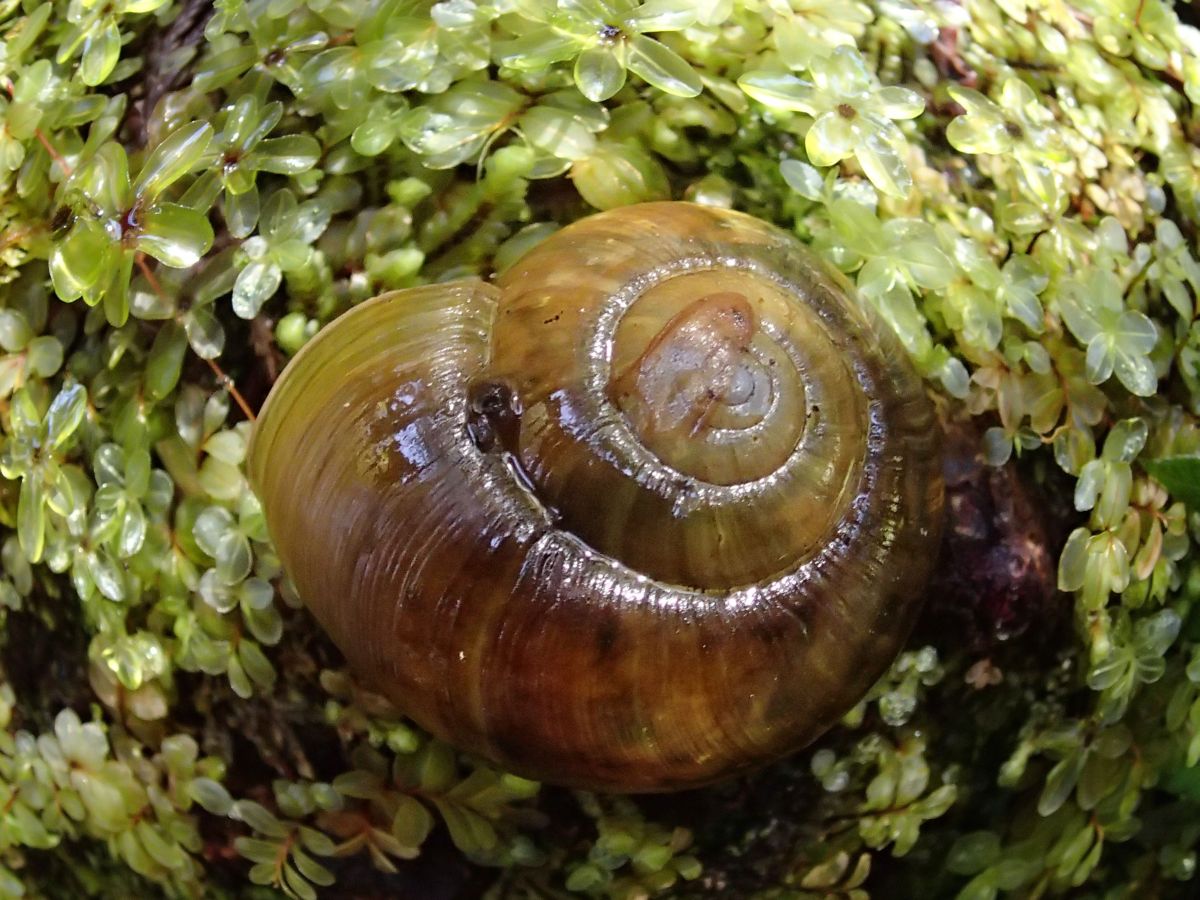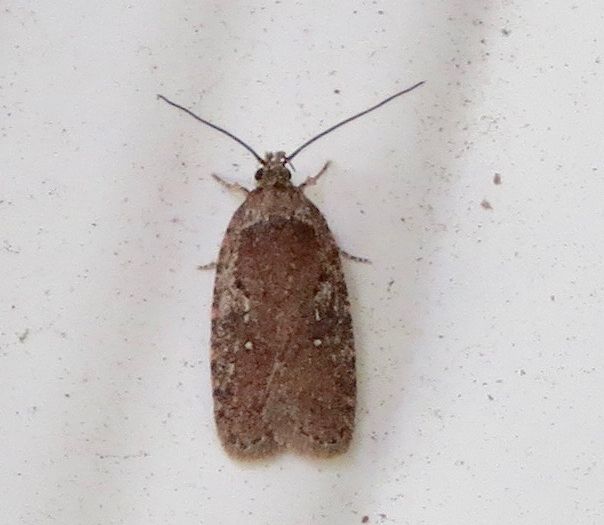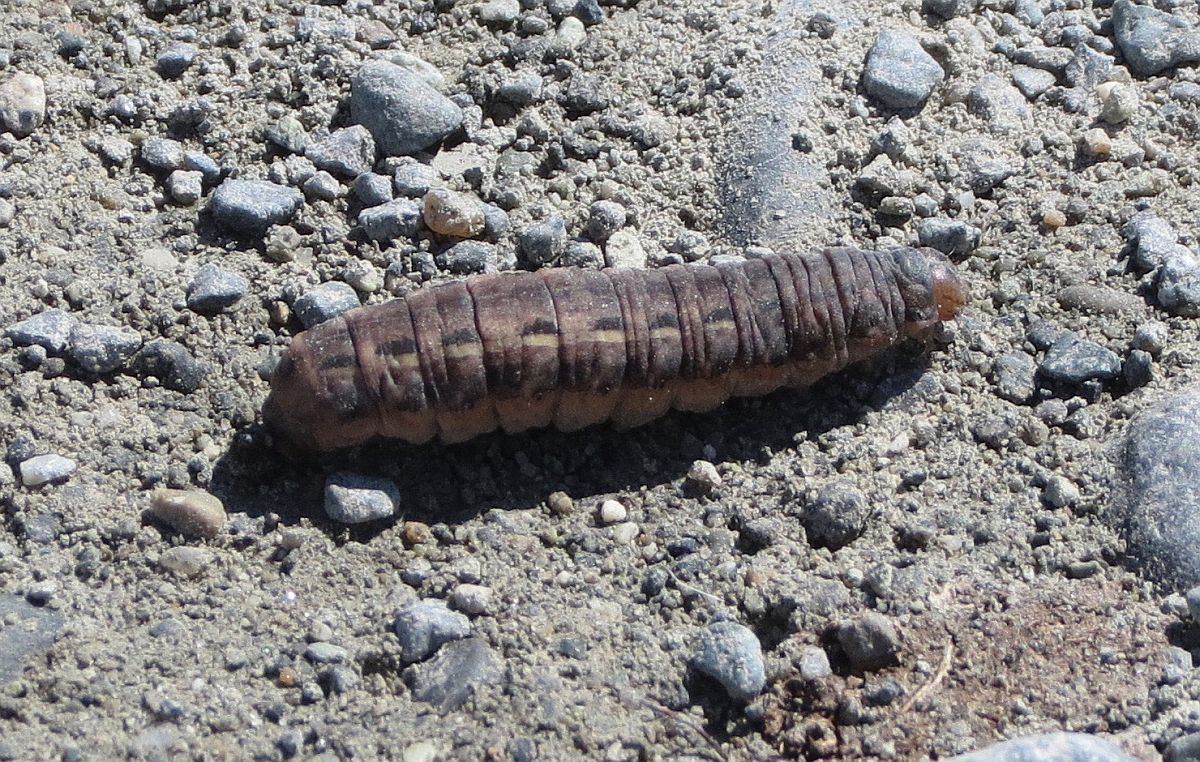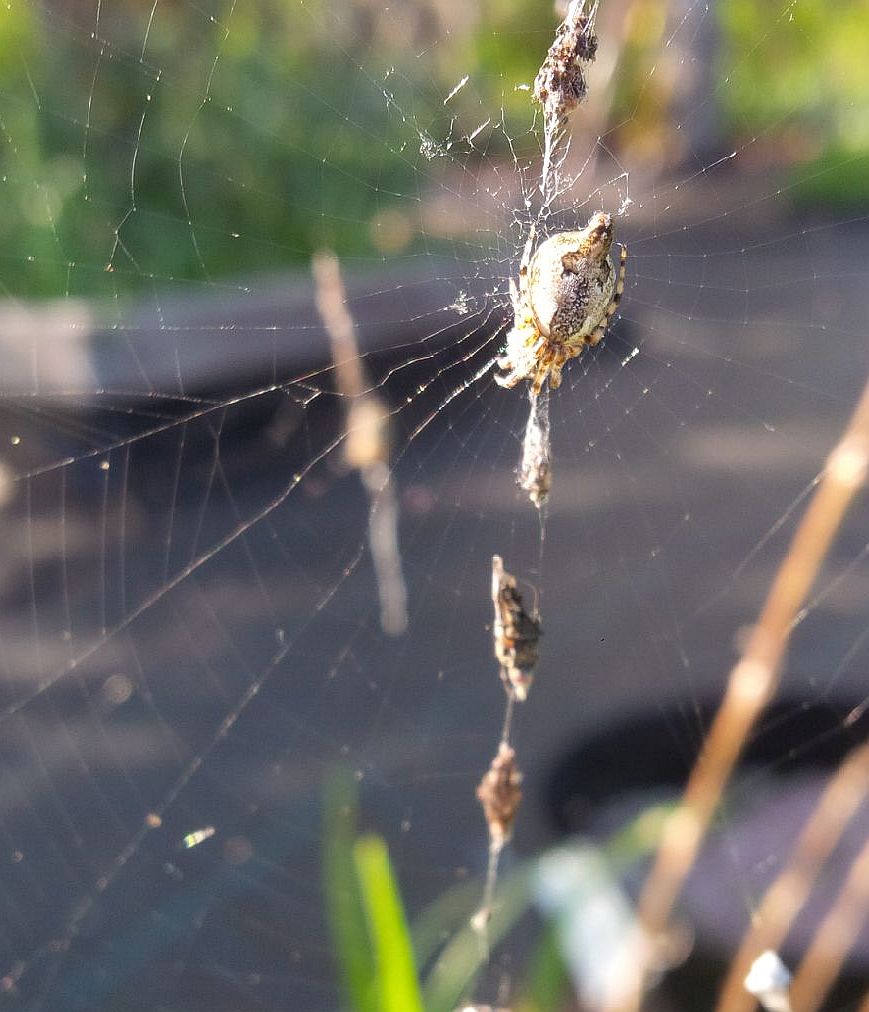2017 April 24
Jeremy Tatum writes: We have been having some fun with Egira perlubens/rubrica! I had not realized how similar these moths can be until Bill Katz sent us the first of the two photographs below, of a moth at Mattick’s farm, unsure as to whether it was perlubens or rubrica. I wasn’t sure, either, so I sent the photo to Libby Avis. As it happens, Libby had coincidentally just been spending some time on how to distinguish between these two species herself, and she remarked: “It is comforting to know I’m not the only one with this problem”.
Libby spent a while pondering over Bill’s moth, and gave her best analysis and opinion, and I sent an email thanking her. Less than a minute after I had sent my thank you note, my computer sounded a little “ping” to tell me of an incoming message. It was Steven Roias, who was totally unaware of Bill’s moth and of the correspondence between Libby and me, and he sent a photo (the second of the two below), also uncertain whether it was perlubens or rubrica. Again, I asked Libby!
The net result is that we now believe that both of the moths are Egira perlubens.
![]()
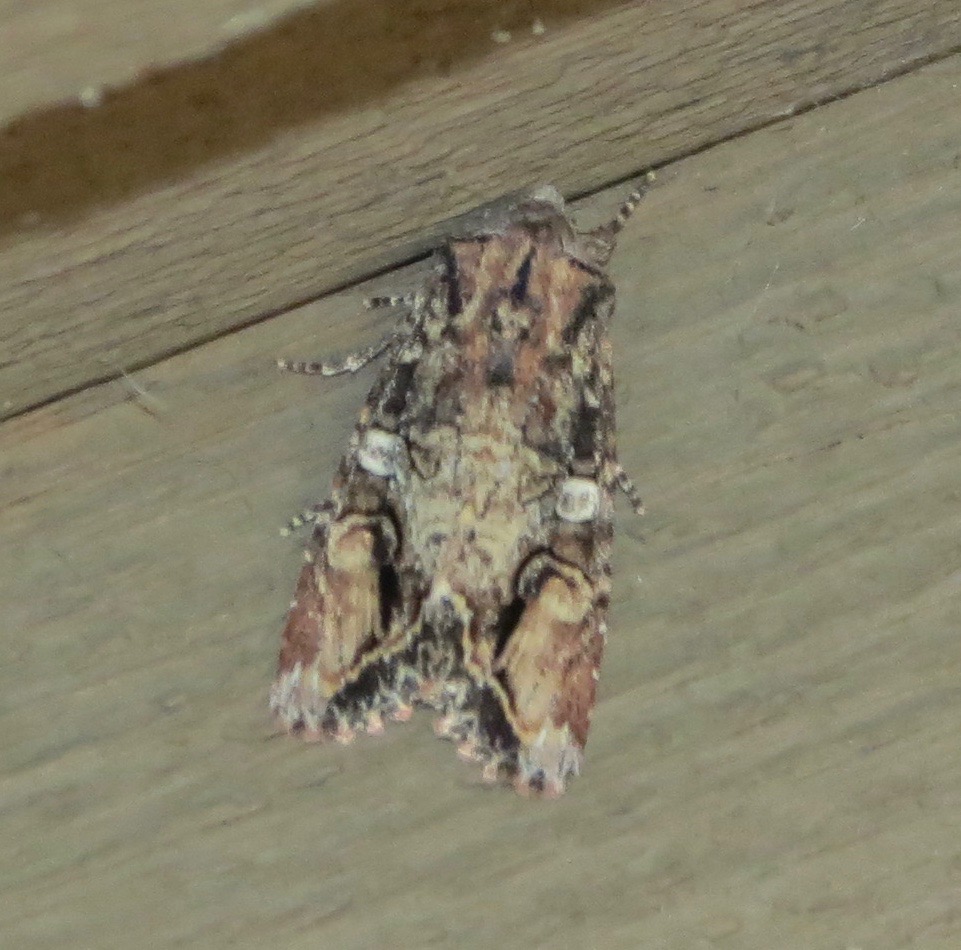
Egira perlubens (Lep.: Noctuidae) Bill Katz
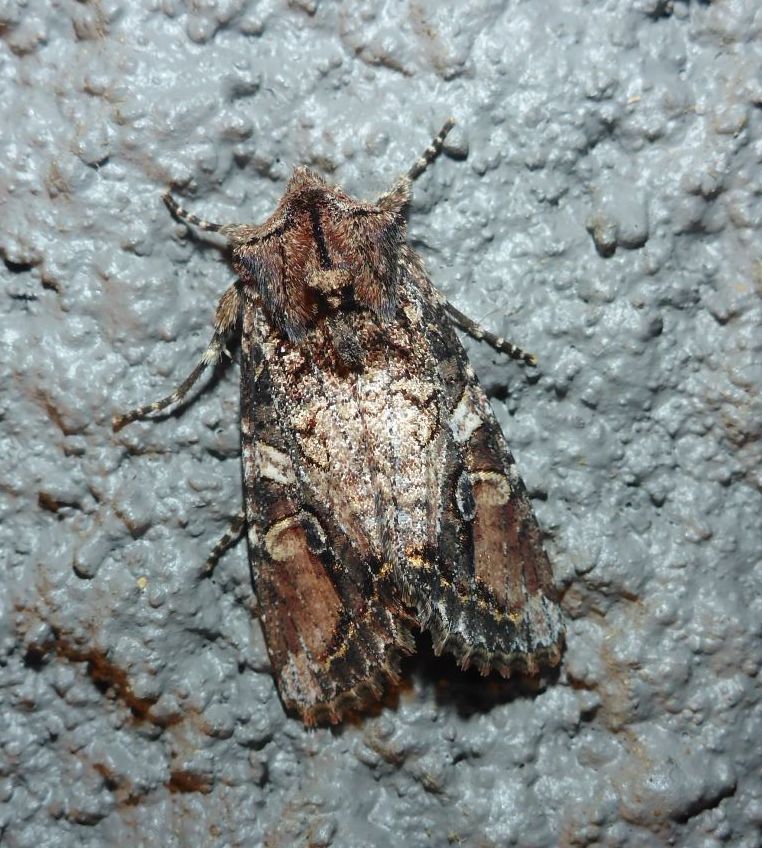
![]() Egira perlubens
Egira perlubens (Lep.: Noctuidae) Steven Roias
Here for the record are some of Libby’s comments.
On Bill’s photo:
The orbicular spot is a large, white, horizontal oval. In all the photos of E. rubrica that I’ve seen, the orbicular spot is much narrower, sometimes more like a bar than an oval, and always slanted down at an angle – not horizontal. Also rubrica has a dark basal dash, sometimes quite faint, but always there. The photo you sent is a bit blurry, but I don’t see a basal dash. The edges of the tegulae are dark (which is the case in both species), but I don’t see a dash on the wing itself.
On Steven’s photo:
The orbicular spot is at a bit of slant, but it’s still big and no sign of a basal dash.
Jeremy writes: The orbicular spot that Libby is referring to is the conspicuous whitish spot near the middle of the leading edge of the forewing – not the kidney-shaped spot beneath it. Here are two of Libby’s archival photographs of perlubens:
Egira perlubens Libby Avis
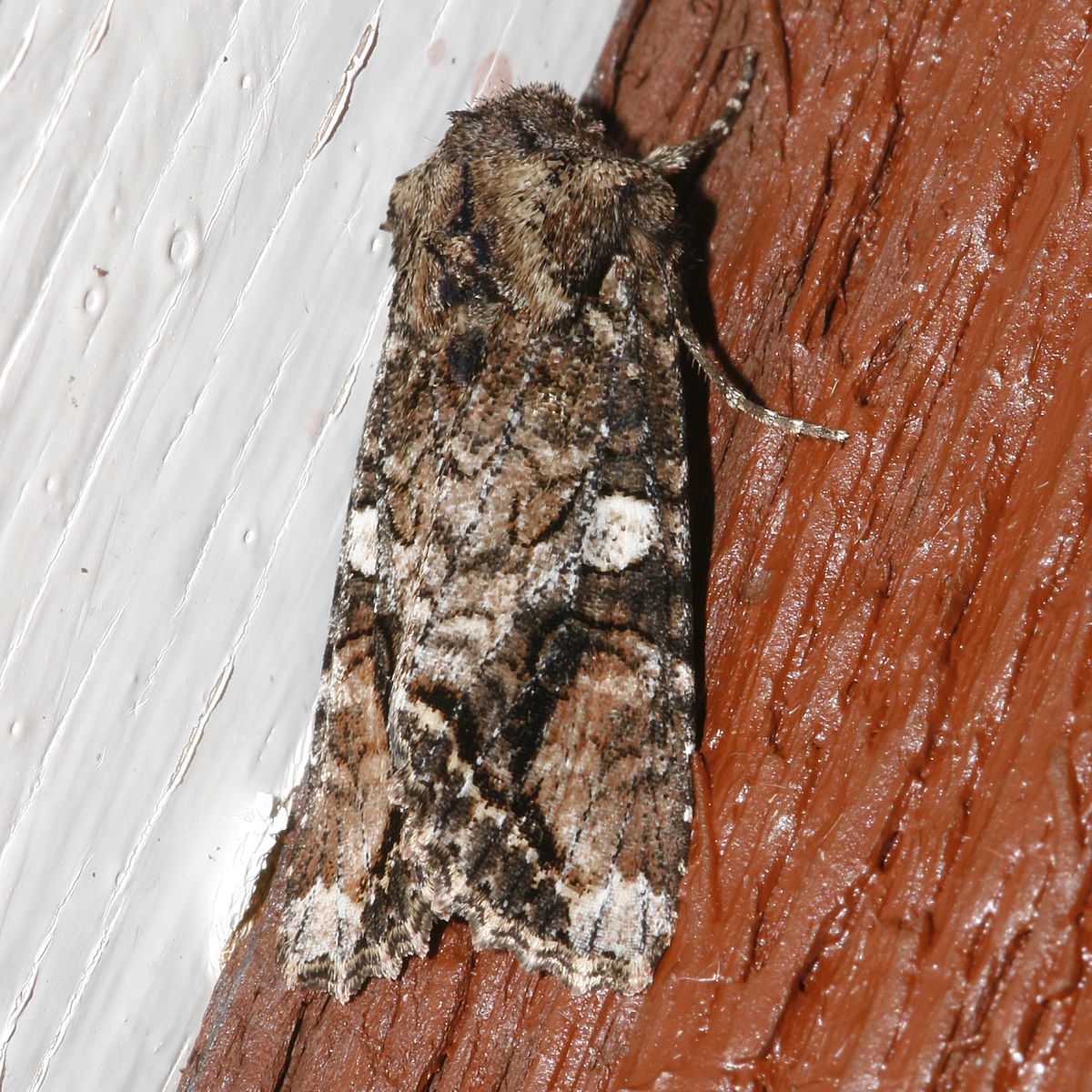
Egira perlubens Libby Avis
Now look at two archival photographs of rubrica from the Invert Alert site. I think you’ll see what we mean by the shape of the orbicular spot.

![]() Egira rubrica
Egira rubrica Jeremy Gatten
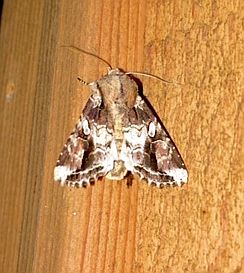
![]() Egira rubrica
Egira rubrica Rebecca Reader-Lee
Nathan Fisk wrote, on April 22, No butterflies today. Saw this bee warming itself after the showers at Fort Rodd. Thanks to Annie Pang and Linc Best for confirming it as a male Andrena sp. Annie comments: Andrena is one of the few early spring bees and does not mind cooler temperatures.
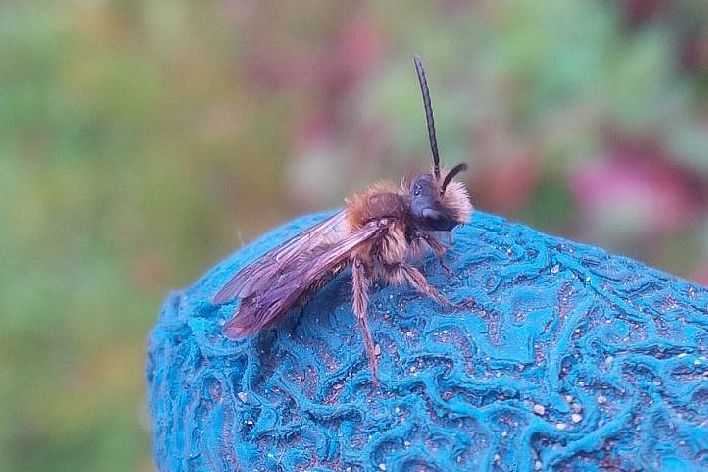
![]() Andrena
Andrena sp. (Hym.: Andrenidae) Nathan Fisk

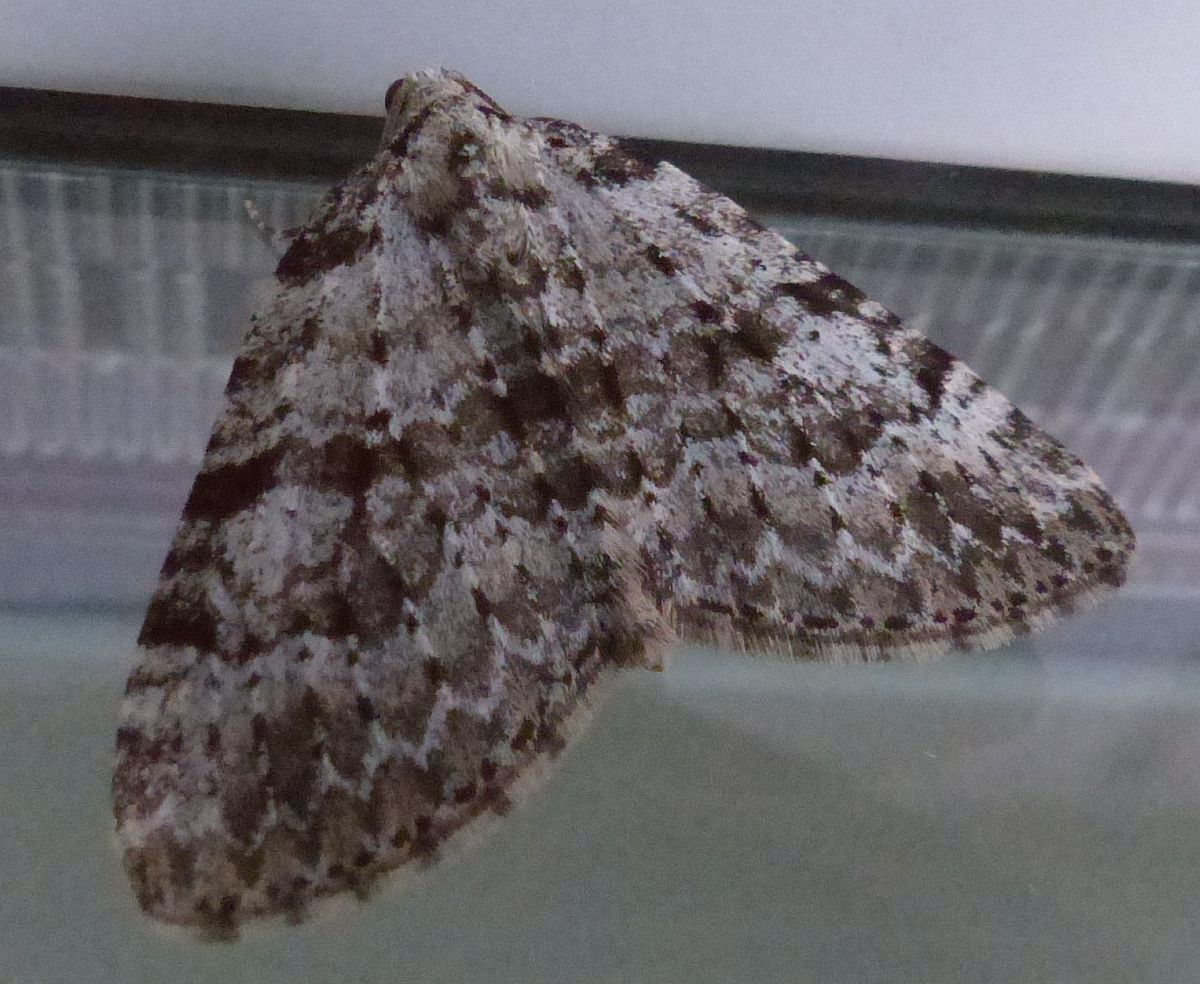
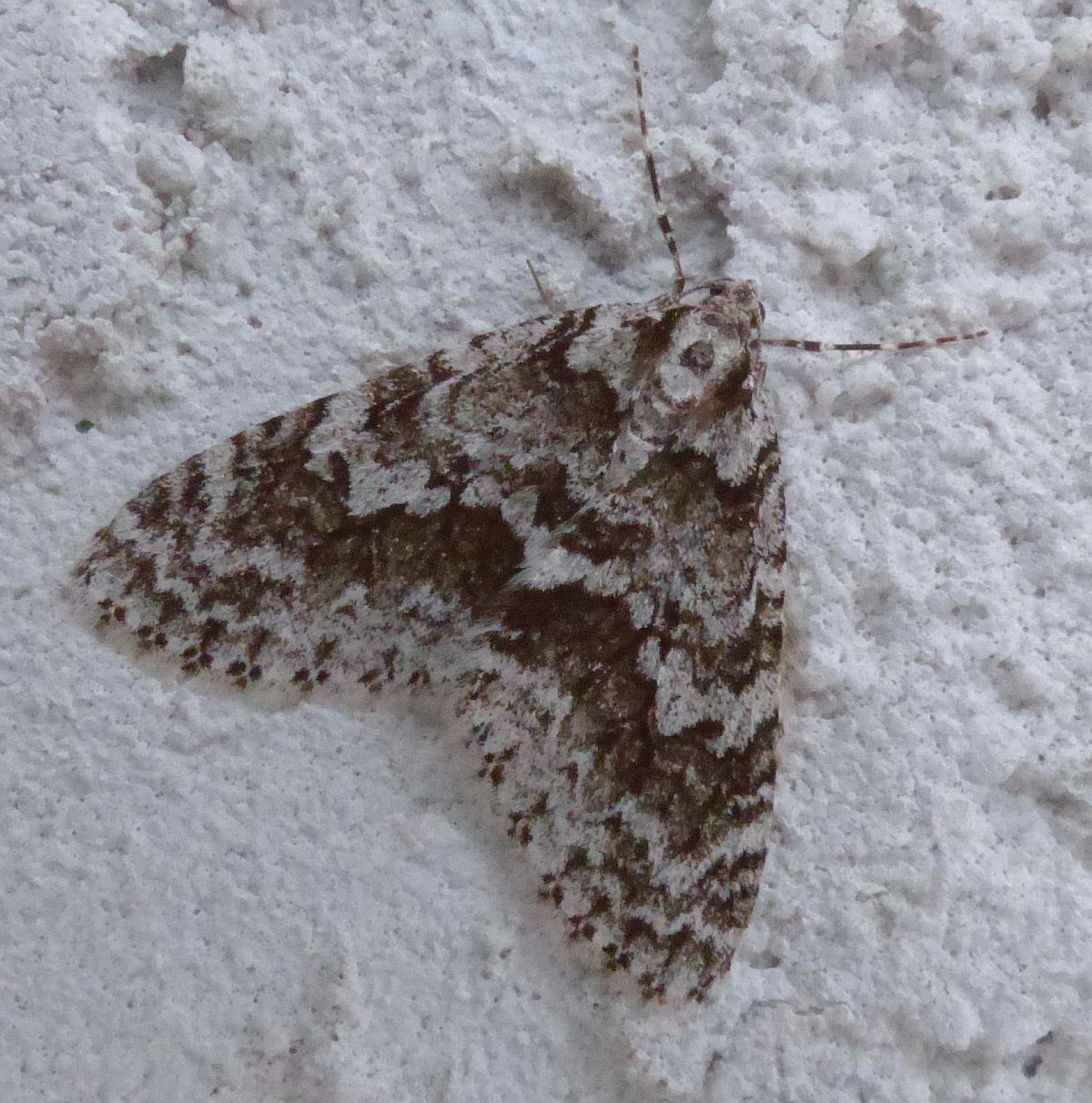
 Cladaria limitaria (Lep.: Geometridae) Jochen Moehr
Cladaria limitaria (Lep.: Geometridae) Jochen Moehr
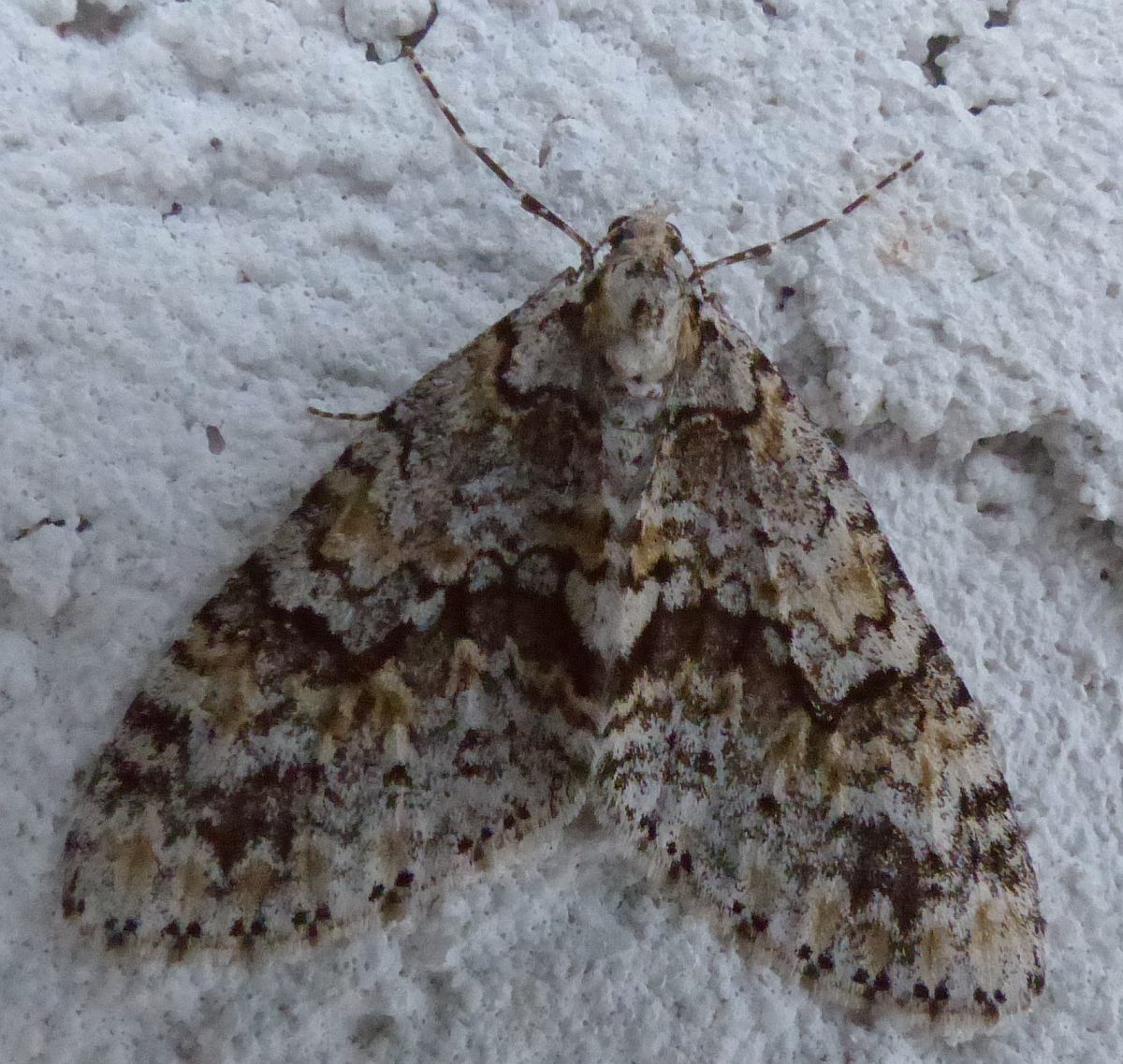
 Cladaria limitaria (Lep.: Geometridae) Jochen Moehr
Cladaria limitaria (Lep.: Geometridae) Jochen Moehr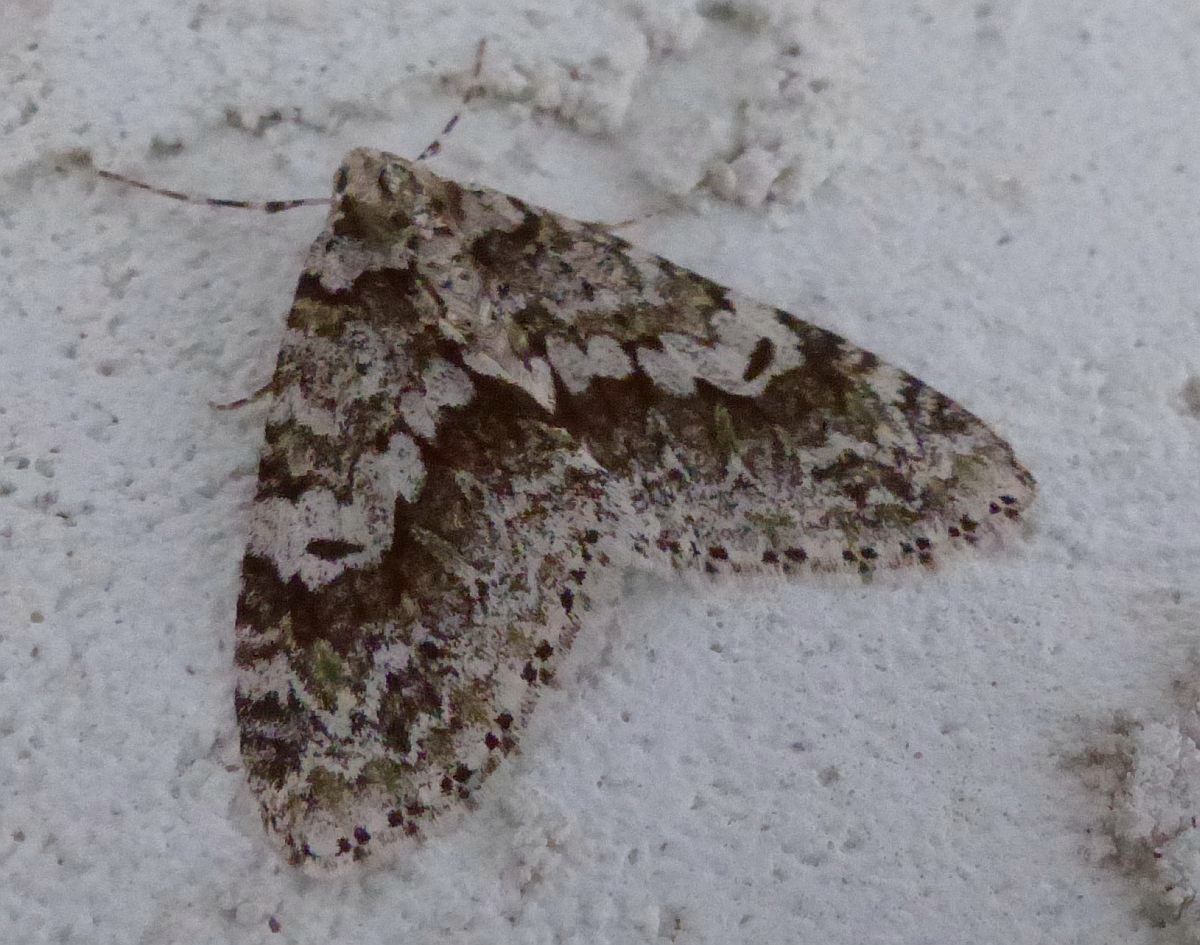
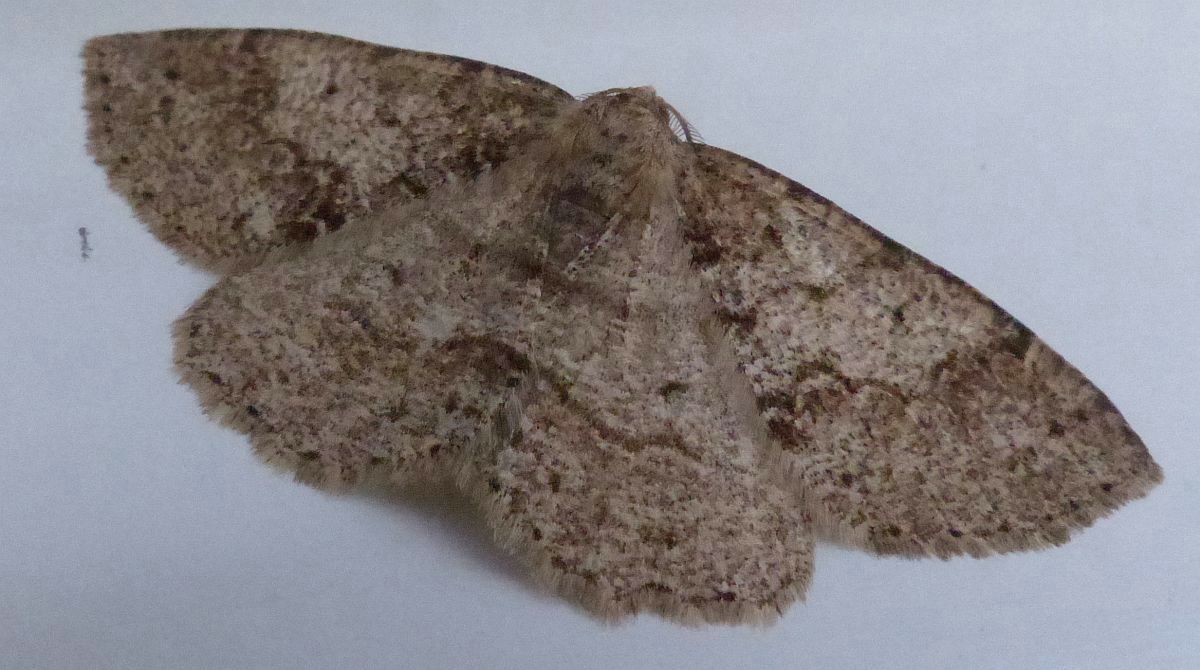
 Melanolophia imitata (Lep.: Geometridae) Jochen Moehr
Melanolophia imitata (Lep.: Geometridae) Jochen Moehr
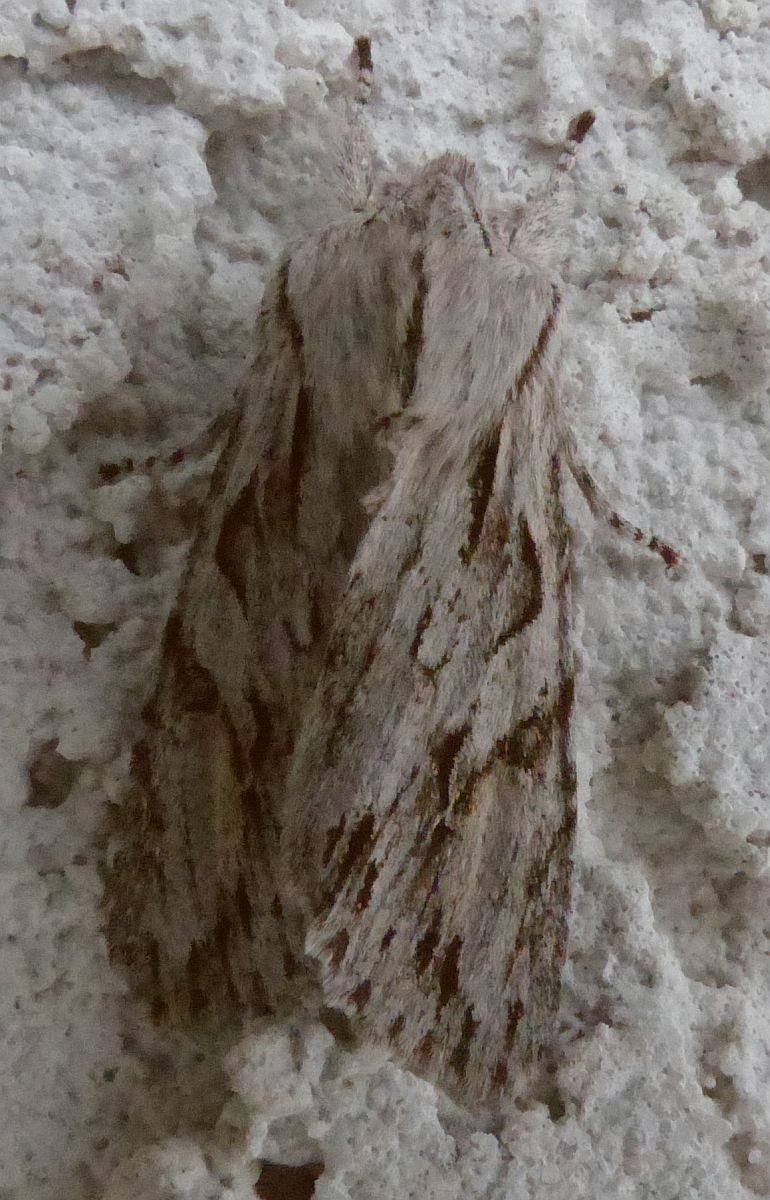
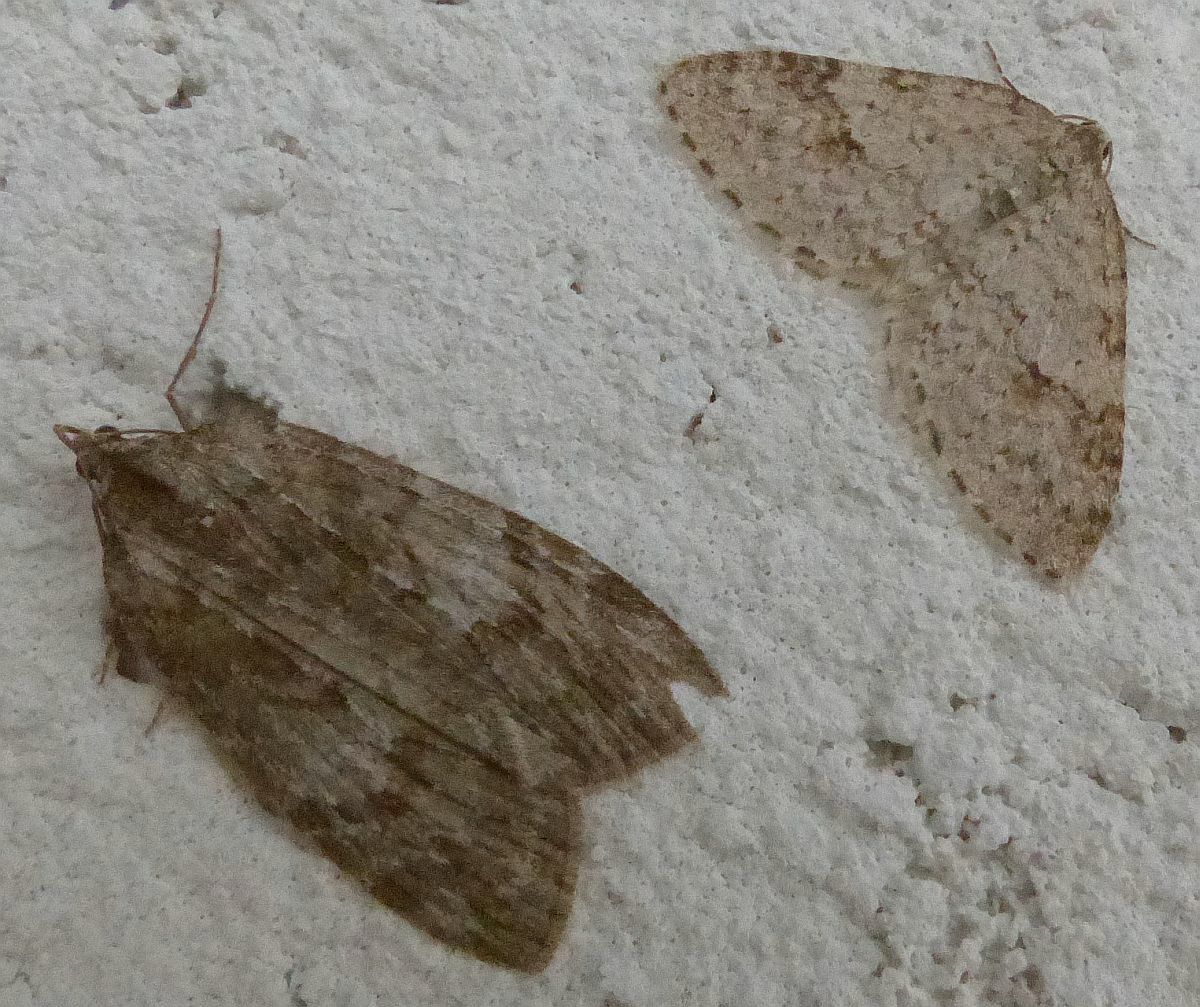

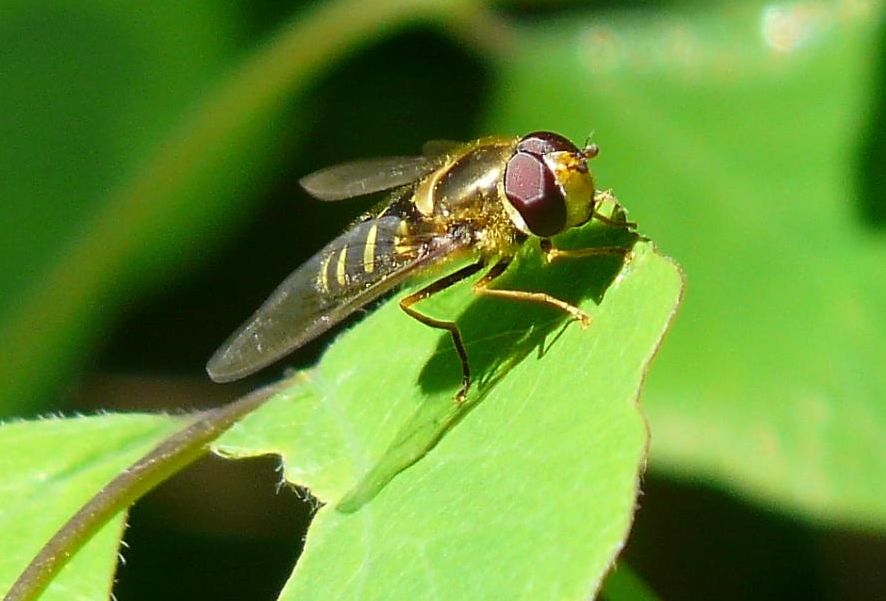
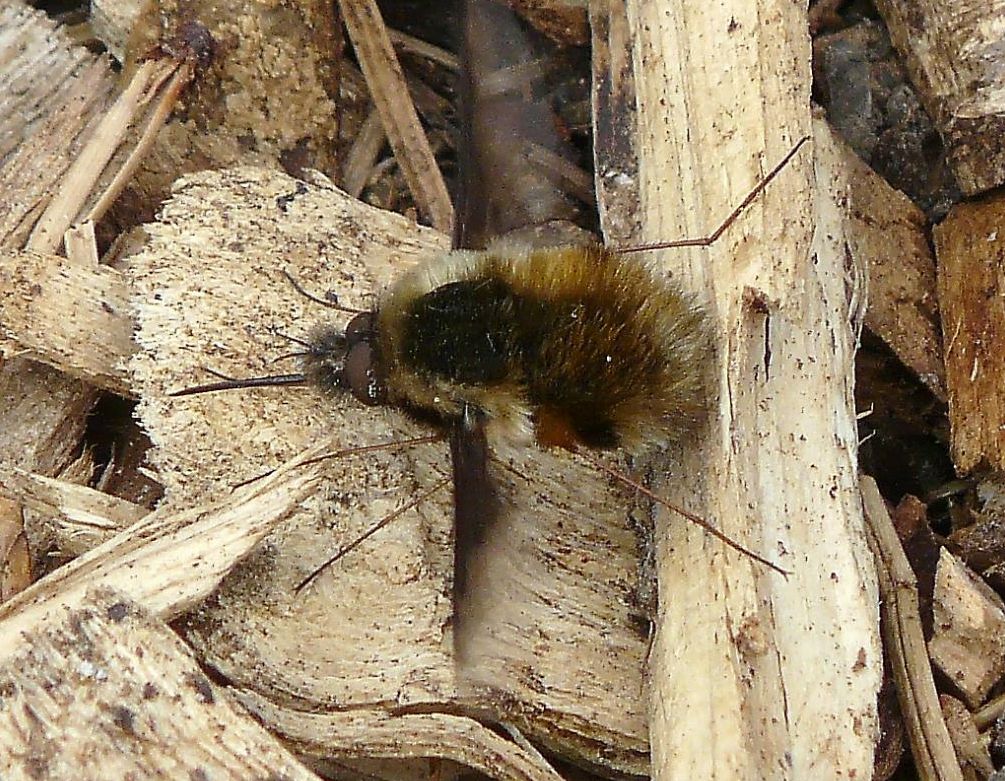
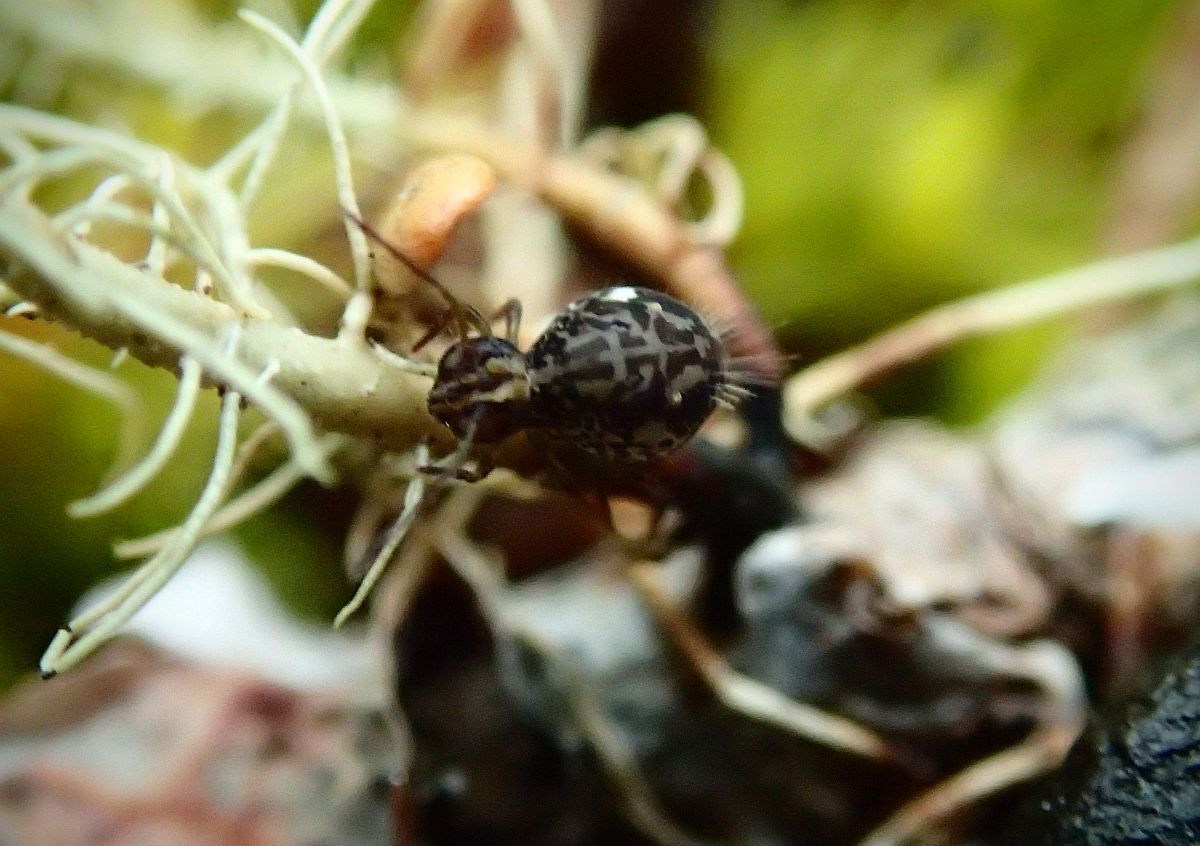

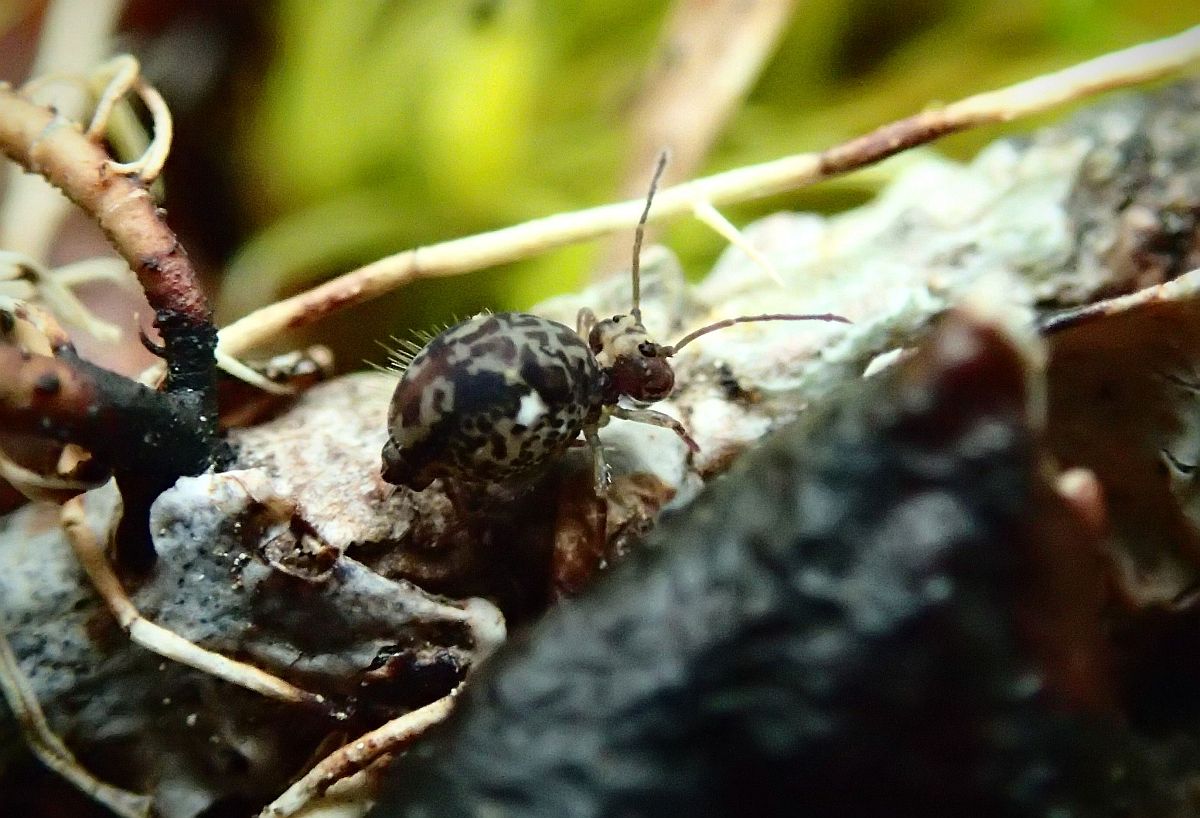
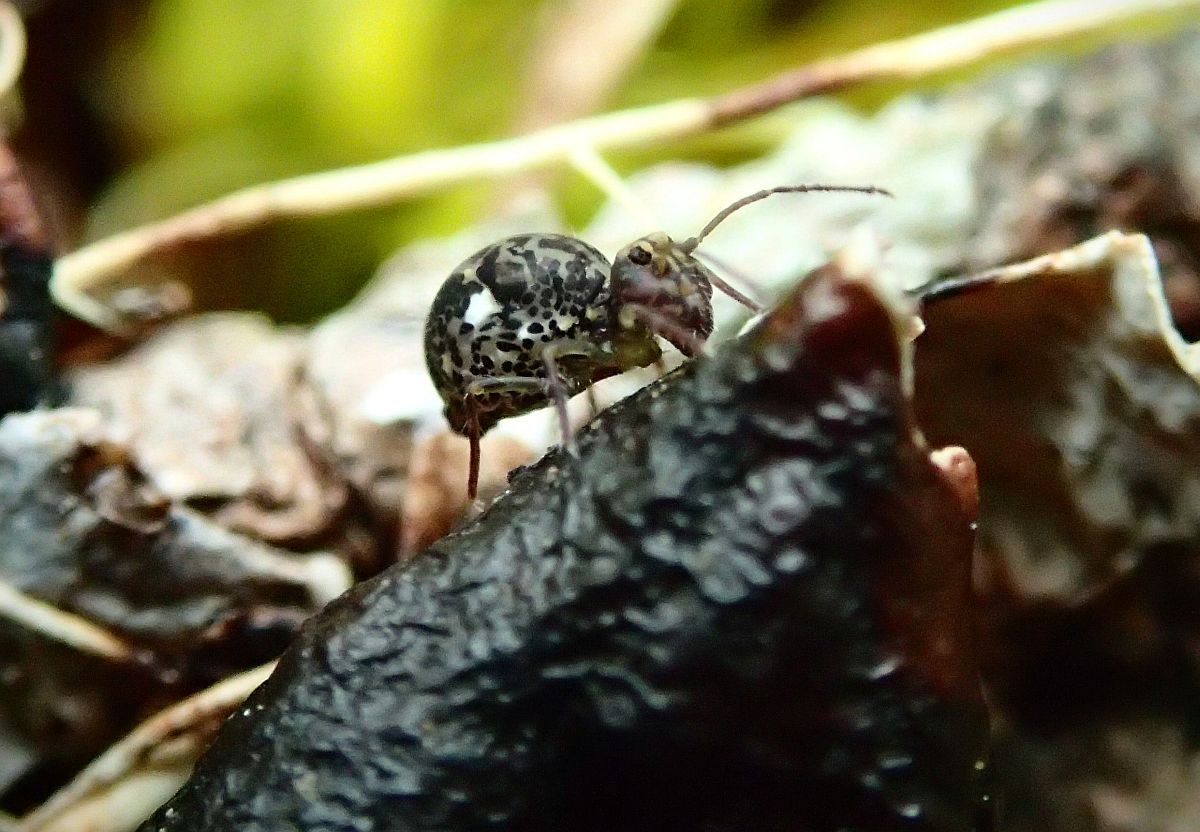

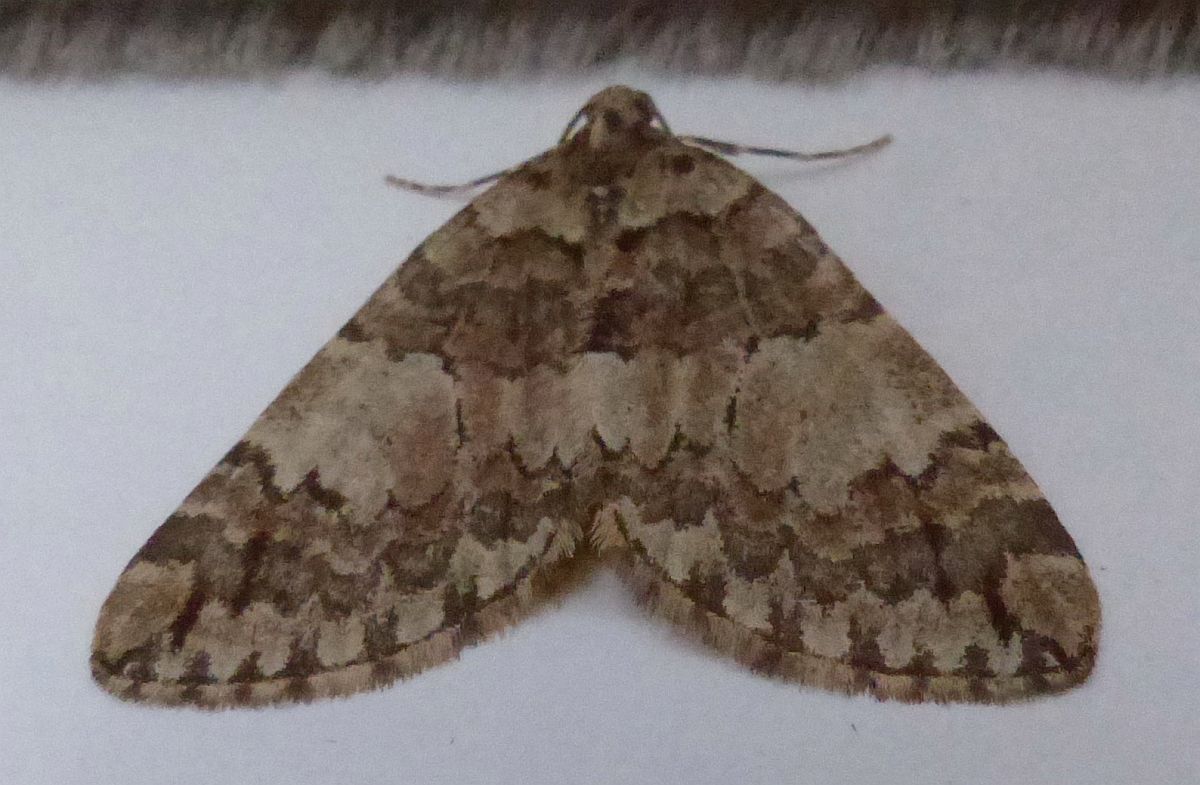
 Hydriomena sp. (maybe californiata) (Lep.: Geometridae) Jochen Moehr
Hydriomena sp. (maybe californiata) (Lep.: Geometridae) Jochen Moehr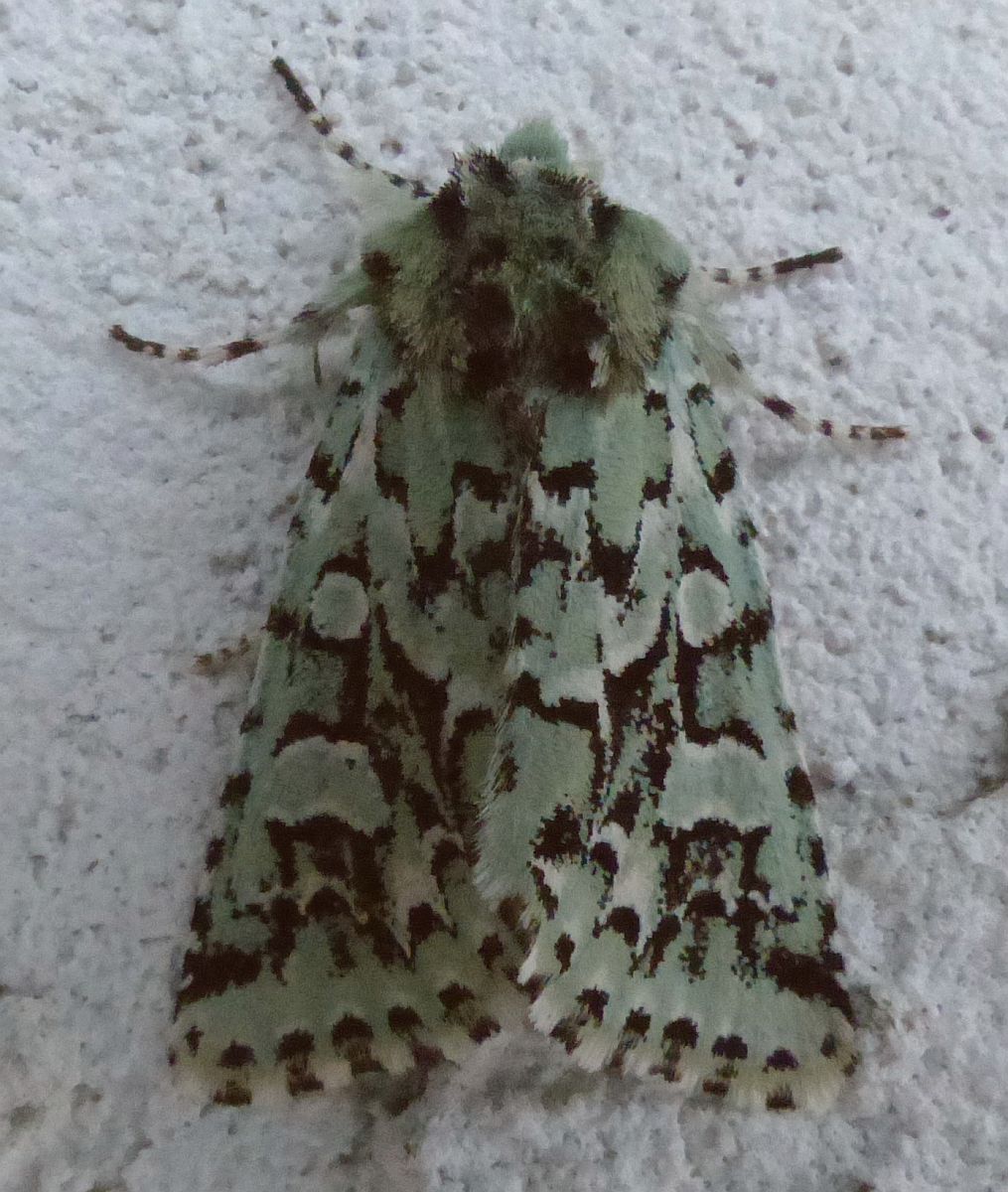

 Behrensia conchiformis (Lep.: Noctuidae) Jochen Moehr
Behrensia conchiformis (Lep.: Noctuidae) Jochen Moehr

